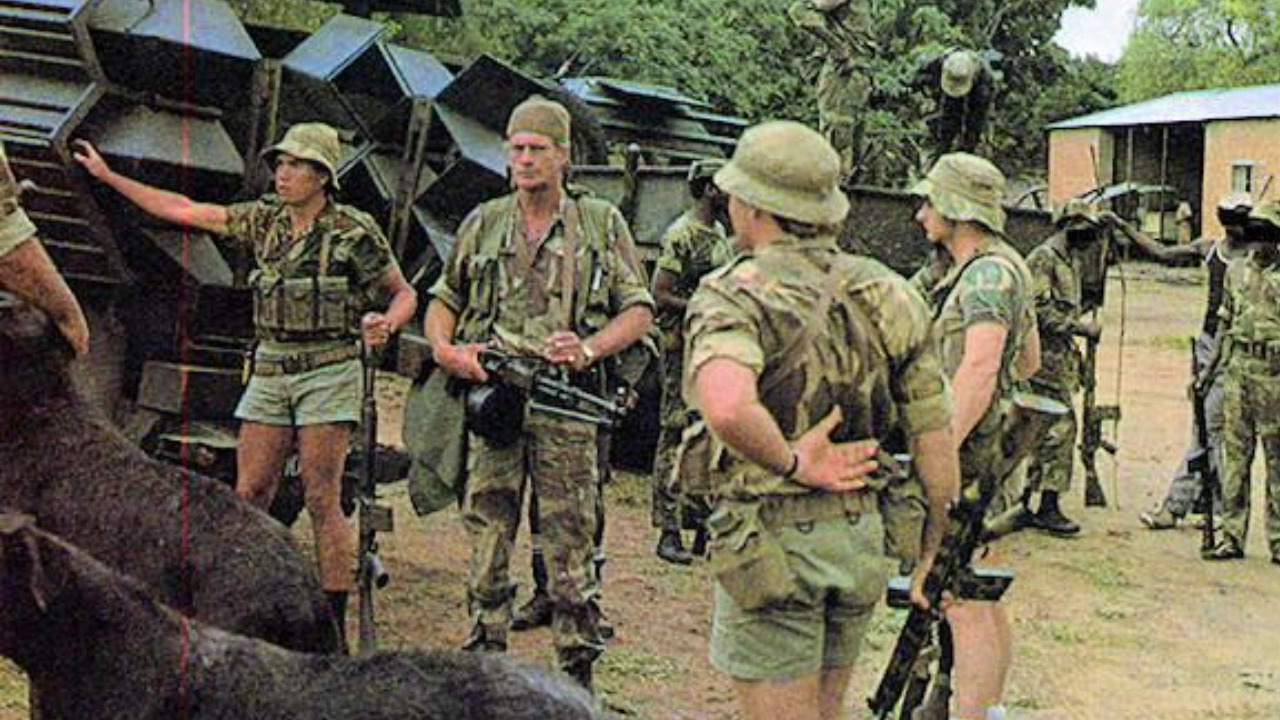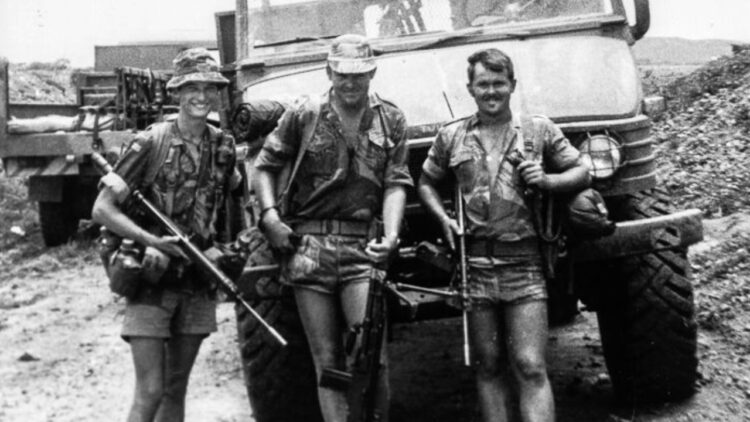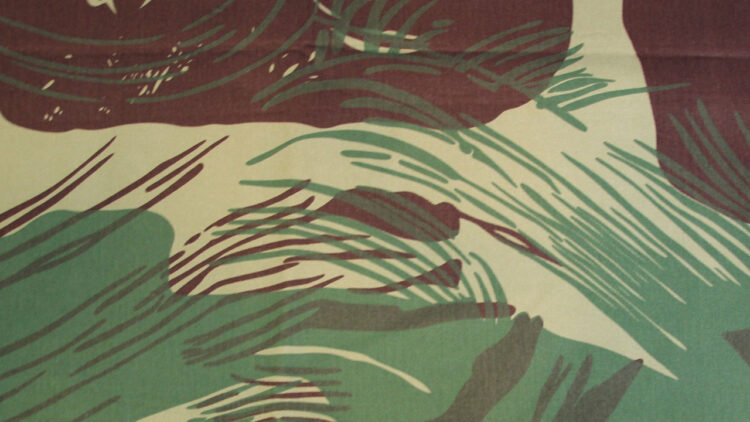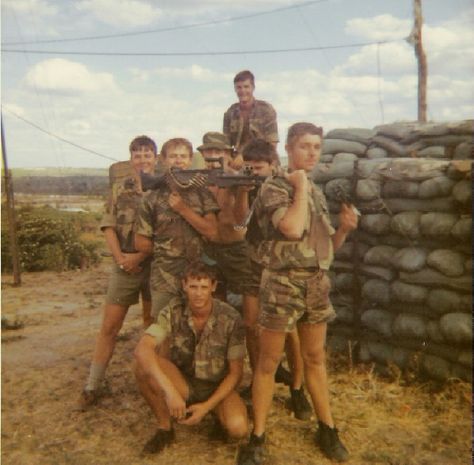Shorts played a practical role in meeting the demands of the African environment. Rhodesia, now known as Zimbabwe, was a former British colony located in Southern Africa. Author Neil Grant, in his 2014 book Rhodesian Light Infantryman 1961–80 by Osprey Publishing noted that the basic Rhodesian military battledress adopted universally between 1964 and 1966 consisted of a camouflage jacket, field cap, and trousers with wide belt loops for a stable belt and large cargo pockets. Uniforms were modified by individual servicemen; they would shorten the sleeves or discard the long camouflage trousers in favor of running shorts.
During the Rhodesian Bush War (1964-1979), the Rhodesian Army faced the challenges of guerrilla warfare and the harsh African climate. The African heat necessitated the use of lightweight and breathable clothing. Shorts provided a practical solution, allowing soldiers to maintain comfort and ventilation in the sweltering conditions encountered in the bush. The shorter length also reduced fabric weight and increased freedom of movement. I was told by someone from South Africa that Rhodesians went to war in WWI in shorts. His school uniform had shorts, and businessmen had “Safari suits” that were short sleeved tops and shorts. Every farmer wore shorts. In fact, Rhodesians went to war in WWI wearing shorts.
By the 1960s, a specific kind of shorts was a staple in Southern Rhodesia. Rhodesian soldiers utilized various types of camouflage patterns during the conflict, including the distinctive “brushstroke” pattern. The late Rhodesian artist Diana “Di”Cameron developed the first of several Rhodesian Brushstroke patterns.
Camouflage shorts were made up for wear and worn in hot areas like the Zambezi Valley. It incorporated a mix of brown, black, green, and khaki brushstrokes, effectively breaking up the human silhouette and making detection more difficult for the enemy. Rhodesian security forces and the special forces of South Africa frequently wore the camouflage shorts. It was highly sought after by all troops due to its effectiveness in the African bush. Rhodesian Army issue garments evolved to become simpler to produce and more utilitarian.
Shorts allowed for better integration of the camouflage ensemble by exposing less fabric and reducing the risk of catching vegetation during movement. Shorts in the Rhodesian Army were designed with practicality and functionality in mind. They were adapted to meet the specific needs of the soldiers operating in diverse terrains and challenging circumstances. Rhodesian Army shorts were constructed from sturdy fabrics like heavy-duty cotton drill or ripstop materials. These fabrics provided durability and ensured that the shorts could withstand the rigors of the bush environment.
Despite their shorter length, Rhodesian Army shorts featured multiple pockets for the storage of essential equipment and personal items. This allowed soldiers to have quick and convenient access to their gear while maintaining mobility. The Rhodesian Army embraced the concept of adapting to various operational requirements. The use of shorts exemplified this adaptability, allowing soldiers to switch between different clothing options based on the specific situation, terrain, and weather conditions they encountered. Shorts became a distinct symbol of the Rhodesian Army’s operational style and served as a visual representation of the unique challenges faced during the conflict. Today, Rhodesian military shorts have become sought-after collectors’ items.
*The views and opinions expressed on this website are solely those of the original authors and contributors. These views and opinions do not necessarily represent those of Spotter Up Magazine, the administrative staff, and/or any/all contributors to this site.




